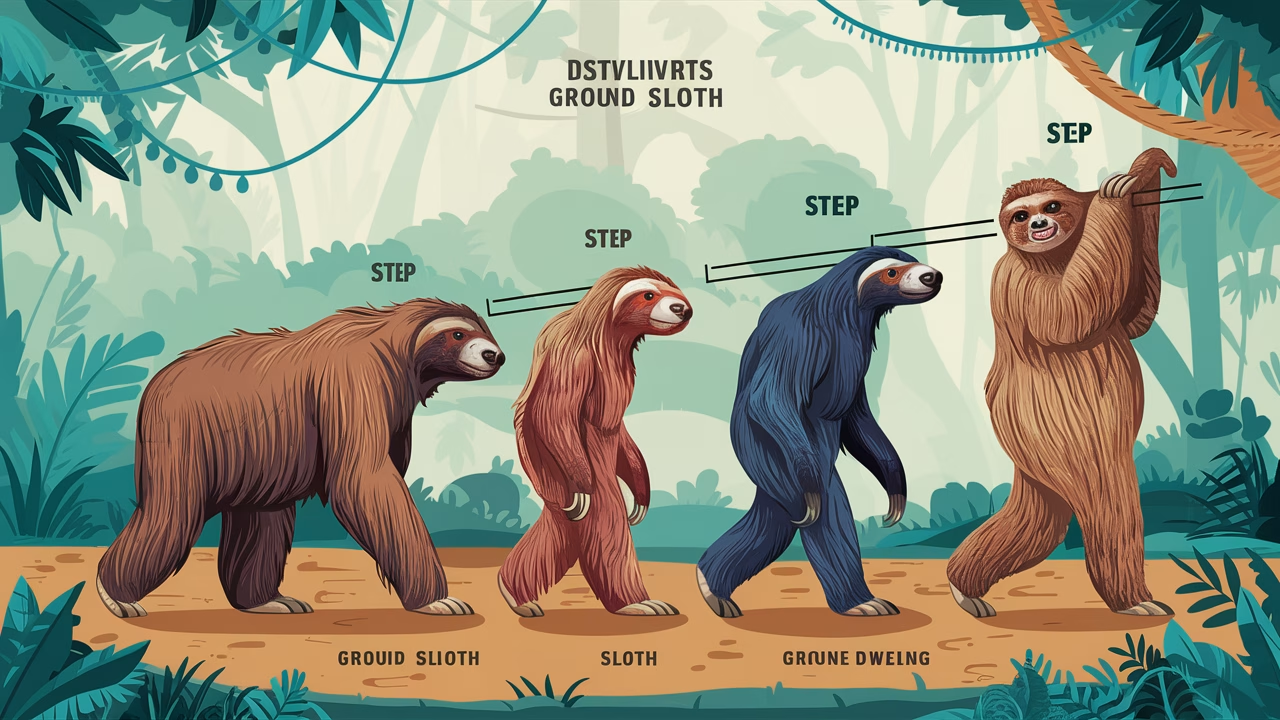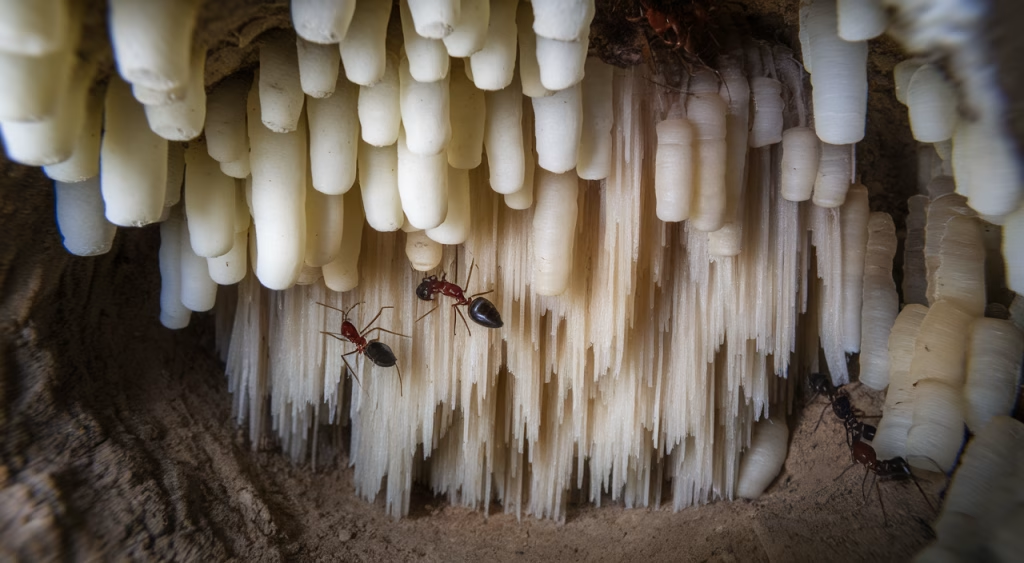Ever wondered why sloths move so slowly — and what secrets that slowness hides?
Sloths have long fascinated animal lovers and wildlife experts alike. Often dubbed lazy animals, these gentle mammals are far more complex than they appear. Their sloth behavior, biology, and role in ecosystems reveal a tale of masterful adaptation that will change how you view these remarkable creatures.
TL;DR Summary
- Sloths aren’t lazy—they are energy optimizers: Their slow movement is a strategic adaptation to survive on a low-calorie diet.
- They defy expectations: Despite their sluggish pace, sloths maintain a thriving and balanced role within their rainforest homes.
- Unique evolutionary path: Sloths have developed remarkable traits like slow digestion, built-in camouflage, and algae-coated fur.
- Surprisingly solitary: Communication is subtle and rare, but not impossible among sloths.
- Fascinating behavior revealed: Discover details about their weekly bathroom ritual, upside-down lifestyle, and tree-hanging biology.
Introduction: Exploring the Mystery of Sloth Behavior
In the dense rainforests of Central and South America, suspended high in the tree canopy, lives one of the planet’s most curious mammals: the sloth. These slow-motion marvels are often the subject of memes and internet jokes—but behind that sleepy smile is a creature perfectly tuned to survive in its environment.
What many don’t realize is that sloths are specialized survivalists. Their sluggish movements, which have earned them widespread classification as one of the most famously lazy animals, are actually the result of evolutionary genius that showcases incredible wildlife trivia.
So, what is sloth behavior really like? And how have these animals managed to turn slowness into a strength? Let’s dive into their story—one that has unfolded over millions of years on nature’s most patient timeline.
The Art of Laziness: Understanding Why Sloths Move Slowly
Let’s bust the myth: Sloths aren’t lazy; they’re calculated
At first glance, a sloth’s slow pace seems inefficient—even comical. But there’s a powerful logic behind every move that reveals fascinating sloth behavior patterns.
Sloths subsist largely on a diet of leaves, a food source extremely low in calories. Their metabolism is among the slowest in the mammal kingdom, and this limitation has shaped their very biology. Think of them not as sluggish, but as economical—budgeting every calorie like nature’s accountants.
There are two main types of sloths: two-toed and three-toed. Both are primarily arboreal (tree-dwelling) and harness hooked claws to cling to branches for hours. Gravity-defying? Kind of. Their muscles are designed to hang more efficiently than to walk or climb, using passive support instead of exertion.
So when you watch a sloth slowly shift its weight or inch its way across a tree branch, know this: it’s performing a brilliant balancing act between energy intake and survival—making them anything but typical lazy animals.
Secrets of Survival: How Sloths Thrive in the Wild
Despite being slow and poorly equipped to defend themselves, sloths have few predators. Their superpower? Camouflage and stealth that showcase remarkable wildlife trivia.
Algae as armor
Their fur isn’t just a coat—it’s an ecosystem. Algae grow in their fur, turning it green and providing built-in camouflage among leaves. Specialized grooves on their hair strands make it easy for algae to take hold. This mutualistic relationship offers both cover and a bit of nutrition if they groom and ingest some of it—one of the most curious animal facts about these creatures.
Weekly bathroom break: A dangerous ritual
Once a week, sloths descend to the ground to relieve themselves at the base of the tree. Why risk it? This unique sloth behavior puzzles scientists.
Some scientists believe this routine supports a subtle reproductive strategy: leaving scent markers for potential mates. Others theorize it helps fertilize algae growth or encourages tree health. Either way, it’s one of the mysteries that keeps sloth researchers up at night and represents fascinating wildlife trivia.
Slow digestion
Drifting even deeper into sloth behavior, their stomachs take up nearly 30% of their body weight and contain bacteria that slowly break down leaves. It can take up to a month to digest a single meal fully. Imagine chewing lettuce today and still processing it 30 days later!
Curious Behaviors: Lesser-Known Facts About Sloths
What makes them tick, flap or chirp?
Sloths aren’t silent. Baby sloths emit high-pitched cries to signal distress and find their mothers when separated. And while adult communication is rare (remember—they’re solitary by nature), subtle hisses or moans may sometimes be heard. These curious animal facts reveal complex social behaviors.
Surprisingly, sloths can swim—and quite well! Using a graceful, slow-motion doggy paddle, they can cross rivers that would challenge many land mammals. In flooded jungles, this skill becomes crucial for survival during rainy seasons. This swimming ability challenges the notion that they’re simply lazy animals.
Here’s a quick look at some amazing sloth behavior facts for quick reference:
| Behavior | Fun Fact |
|---|---|
| Sleep | Up to 15–20 hours a day! |
| Defecation | Only once per week |
| Swimming | Faster in water than on land |
Cost Guide: Observing Sloths in the Wild
If you’re planning to travel and observe sloth behavior in their natural habitat, here’s what to expect:
| Experience | Estimated Cost |
|---|---|
| Guided rainforest hike (Central America) | $50–$120 |
| Eco-lodge stay (2–3 nights) | $200–$600 |
| Wildlife conservancy admission | $10–$40 |
Adaptations and Evolution: How Sloths Have Thrived Over Time
Sloths weren’t always arboreal and tiny. Their extinct relatives—the giant ground sloths—were larger than bears and roamed prehistoric landscapes on foot. Evolution didn’t make them slower by mistake; it simply optimized them for less energy use in an increasingly competitive ecosystem. This wildlife trivia reveals how adaptation shapes survival strategies.
Today’s sloth survives where faster animals might fail, because it simply goes unnoticed. Its quiet patience is its defense, its pace a gentle protest against the rush of modern nature. These curious animal facts show us that being labeled as lazy animals couldn’t be further from the truth.
Frequently Asked Questions
- Are sloths really lazy animals?
No. They move slowly due to a low-energy diet and evolutionary strategy—not laziness. - Where do sloths live?
Primarily in the rainforests of Central and South America. - How often do sloths defecate?
About once a week—an unusual ritual full of mystery. - Can sloths swim?
Yes, and surprisingly well, using slow, graceful strokes. - Do sloths have predators?
Yes—mainly harpy eagles, jaguars, and snakes—but their camouflage keeps them relatively safe. - Do sloths live alone?
Generally yes. They’re solitary animals, except in rare bonding moments between mother and baby. - How long do sloths live?
In the wild, typically 10–20 years; longer in protected environments.





